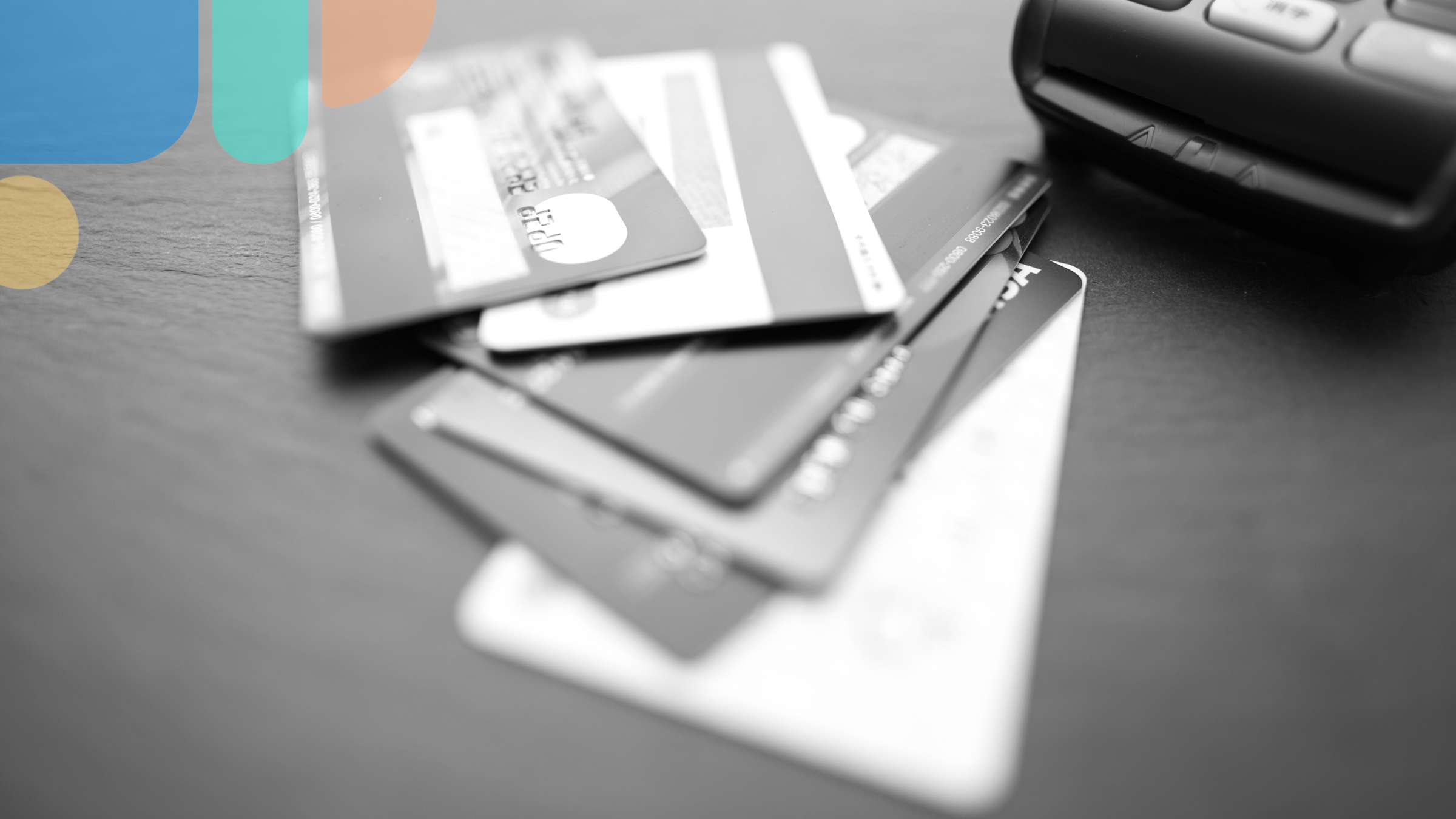
How to Prevent Chargeback Fraud
Understand chargeback fraud types, business impact, and prevention strategies

Gain an understanding of how chargeback fraud impacts businesses, and the tools required to prevent it.
When a customer chooses to dispute a legitimate transaction, this is chargeback fraud. What occurs is the customer chooses not to get in touch with the merchant directly for a refund. Instead, the customer contacts their financial institution and asks for the charge to be reversed.
The primary reason scammers give for chargebacks is that the charge was unauthorized. In most scenarios, scammers recoup the cost of the purchase and either keep the product for themselves or resell it.
The four most common types of chargeback fraud
1. Friendly fraud is a term describing chargebacks that appear to be introduced in good faith. The individual may not recognize the business name on their card’s account statement or forget they bought an item. Due to the fact numerous online retailers operate as subsidiaries, this happens frequently and can often be a mistake from the customer.
- Although, this type of fraud chargeback can be intentional. What fraudsters do is pretend the card was stolen and was used without their knowledge. Another tactic is for fraudsters to state the purchased goods did not arrive, or to claim the product they received was defective or damaged.
2. Return fraud occurs when a customer returns the purchased goods to a retailer, claiming they were in bad condition, defective, or damaged. The truth is the product was altered, used, or tampered with by the fraudster. A chargeback request normally happens before the return to avoid the merchant’s refund processes.
3. Digital goods chargebacks happen when a customer disputes the purchase of a digital service or product, these include items like an online video game purchase, a software subscription, or online course. Fraud with digital goods chargebacks is tough to detect because it is difficult to track if the customer has downloaded the service or product.
4. Subscription fraud is defined by a customer subscribing to an online service, using it for an allotment of time, and disputing the transaction. A fraudster can claim the cancellation of the service but were still charged or the recurring automatic charges were not authorized. Like digital goods fraud, it is hard to determine when these kinds of chargebacks are legitimate or fraudulent.

How can chargebacks impact businesses?
Chargebacks can cause businesses to lose major revenue, especially when fraudsters receive the item or goods they bought with stolen card details.
How a chargeback can impact a business depends on the sector it is in. Generally speaking, understanding chargeback prevention and merchant fees is vital for all businesses.
In 2024, 73% of online credit card-related fraud was from chargebacks. Chargebacks can cost a business anywhere between 2.5 to 3.5 times the amount of the initial loss. Plus, chargeback fraud is expected to reach $28.1 billion by 2026.
Chargeback fraud does not only impact revenue loss. There are numerous ways any business can be negatively impacted by chargeback fraud:
- Reputational damage can occur when a business suffers from repeated amounts of chargebacks. Customers or partners can begin to perceive the business as being untrustworthy. In scenarios where retailers or service providers only operate online, being viewed as having a website that is untrustworthy and lacks security is a huge problem.
- A chargeback dispute can be a long, arduous process that requires resources and staff increasing operational costs. Contesting a fraudulent chargeback can result in additional fees for legal advice or consultants. When a business experiences repeated chargebacks, its payment processing company or financial institution can categorize the business as being high-risk and increase payment processing fees.
- Chargeback fraud increases the costs associated with fraud prevention. Your staff must be thoroughly trained to detect fraudulent chargebacks and handle disputes. Since business is constantly evolving, the return and refund policies may need to be revised, along with additional legal and regulatory standards, if there is an increase in fraudulent activity. Using sophisticated fraud detection software is an absolute must to combat chargeback fraud.
How businesses can prevent chargeback fraud
Combatting chargeback fraud is a tough and demanding task. However, there is one action businesses can prioritize to prevent chargeback fraud:
Leverage fraud prevention tools because dealing with fraudulent activities is part of doing business. Spreedly accelerates payment performance with a full suite of sophisticated fraud and verification tools to identify suspicious transactions.
Spreedly’s full suite of fraud and verification tools can protect your business against chargeback fraud. Spreedly Global 3DS applies flows across your stack within your payment authentication API call to ensure you have the same fraud protection. Customers using these leading fraud protection tools see an average improvement of 72% reduction in chargeback rates and 46% decrease in false declines.
Reach out to Spreedly today to discover how you can optimize fraud prevention.
%20copy%203.png)


